A bright, healthy smile is a vital asset for kids as they grow and develop. However, parents often find themselves concerned when they notice discoloration on their child’s teeth. Tooth discoloration in kids is not uncommon and can appear as white spots, brown or dark areas, or take on a yellowish tint. While tooth discoloration might not always be a cause for alarm, consulting your pediatric dentist in Tucson to understand its cause and what you can do to prevent it is crucial for maintaining oral health and confidence.
Types of Discoloration
Tooth discoloration in kids can manifest in various ways, and understanding the different types of discoloration can help parents and caregivers address the issue more effectively. There are two primary types of tooth discoloration commonly observed in children – extrinsic and intrinsic. Extrinsic discoloration occurs on the outer surface of the tooth enamel and is often caused by external factors while intrinsic discoloration occurs within the tooth structure itself and is often caused by factors during tooth development.
Common Causes of Tooth Discoloration
- Poor Oral Hygiene
The foundation of healthy teeth lies in proper oral hygiene. Kids who neglect regular brushing and flossing might develop plaque buildup, which can lead to extrinsic stains and discoloration. Encouraging and supervising their brushing routine helps remove food particles and prevent the onset of discoloration.
- Dietary Habits
Foods and beverages often play a significant role in tooth discoloration. Dark-colored foods like berries and tomato sauce, as well as drinks like tea and soda, can gradually stain tooth enamel over time. While it’s not necessary to eliminate these foods entirely, moderation and proper oral care after consumption can help mitigate their effects.
- Fluoride Intake
Fluoride, commonly found in toothpaste and drinking water, strengthens tooth enamel and helps prevent tooth decay. A lack of fluoride can make teeth more susceptible to stains and discoloration. On the contrary, too much fluoride during tooth development can also cause discoloration. Ensure your child’s fluoride intake is appropriate by seeing your pediatric dentist in Tucson regularly.
- Antibiotics
Certain antibiotics can cause tooth discoloration, particularly when they’re given to children whose teeth are still developing. These medications can interfere with enamel formation, resulting in gray or brown intrinsic staining. However, it’s important that you never stop taking medication without first consulting your healthcare provider.
- Dental Trauma
Trauma to a child’s developing teeth, whether from falls or accidents, can lead to discoloration. When blood vessels within the teeth break due to trauma, they can cause a grey or brown hue to the affected tooth. If your child experiences dental trauma, seek immediate dental care.
How to Prevent Tooth Discoloration in Kids
Tips to lower the risk of tooth discoloration in kids are similar to what dentists recommend for adults.
- Follow a good oral hygiene routine
- Eat a well-balanced diet
- Limit tooth-staining foods and drinks
- Ensure your child is getting the right amount of fluoride
- Protect teeth with a mouthguard while playing sports
- See your pediatric dentist in Tucson regularly for checkups
Tooth discoloration is pretty common in kids and can stem from various factors. While not all cases of discoloration are cause for concern, taking proactive measures to prevent it is essential for maintaining oral health and self-confidence. By instilling proper oral hygiene practices, encouraging a balanced diet, and scheduling regular dental visits, parents can help their children enjoy bright, healthy smiles well into adulthood.


